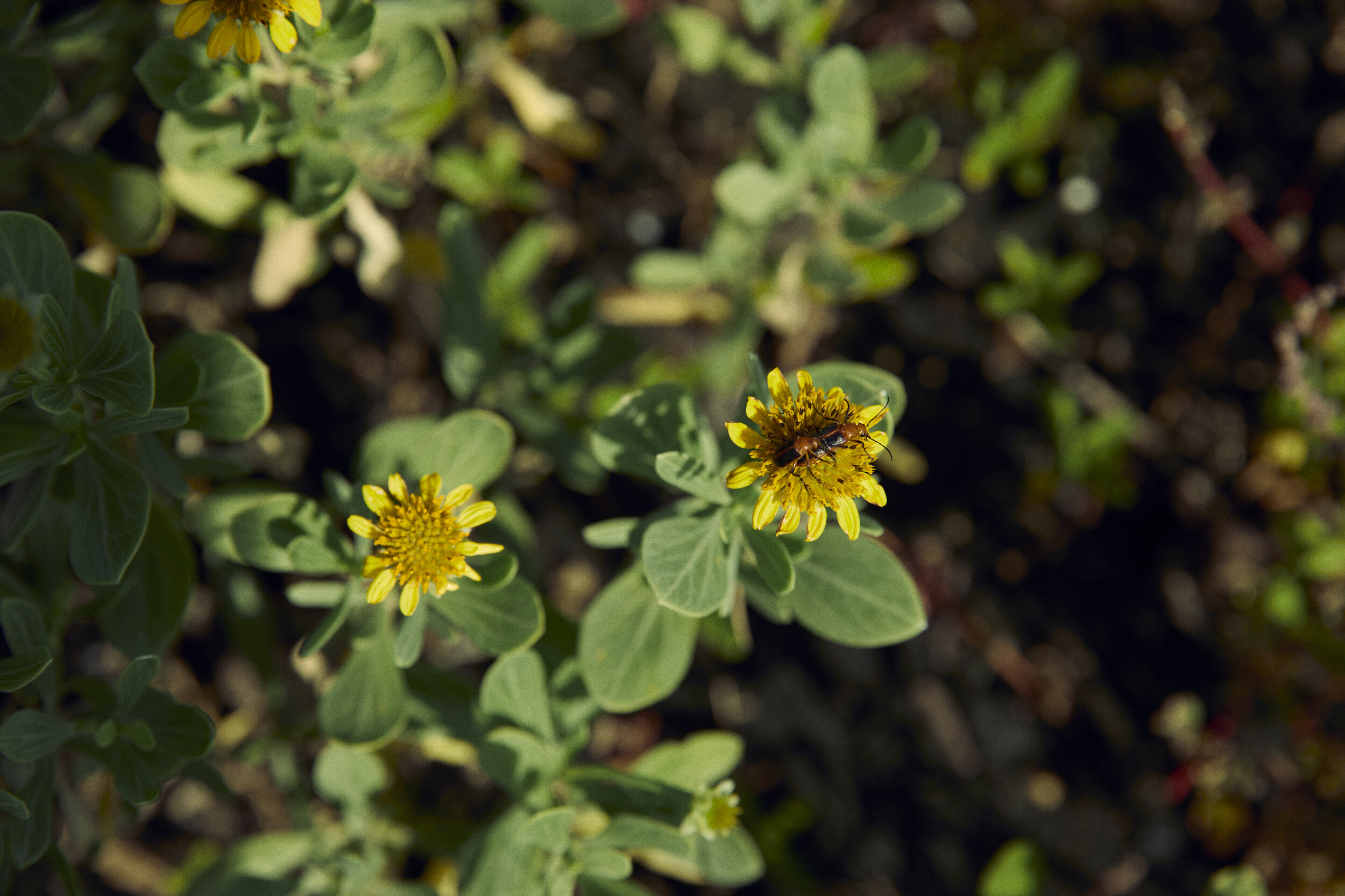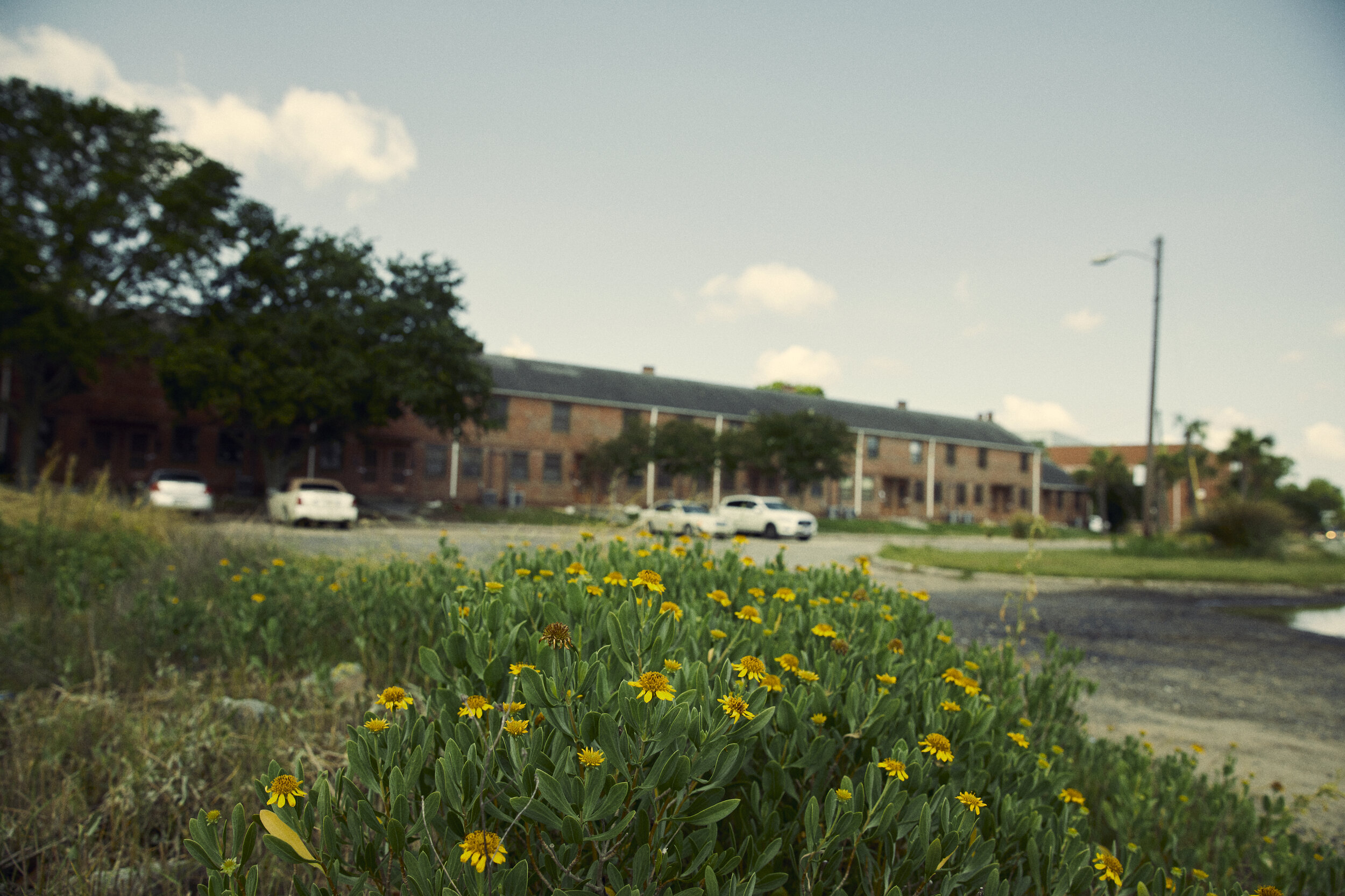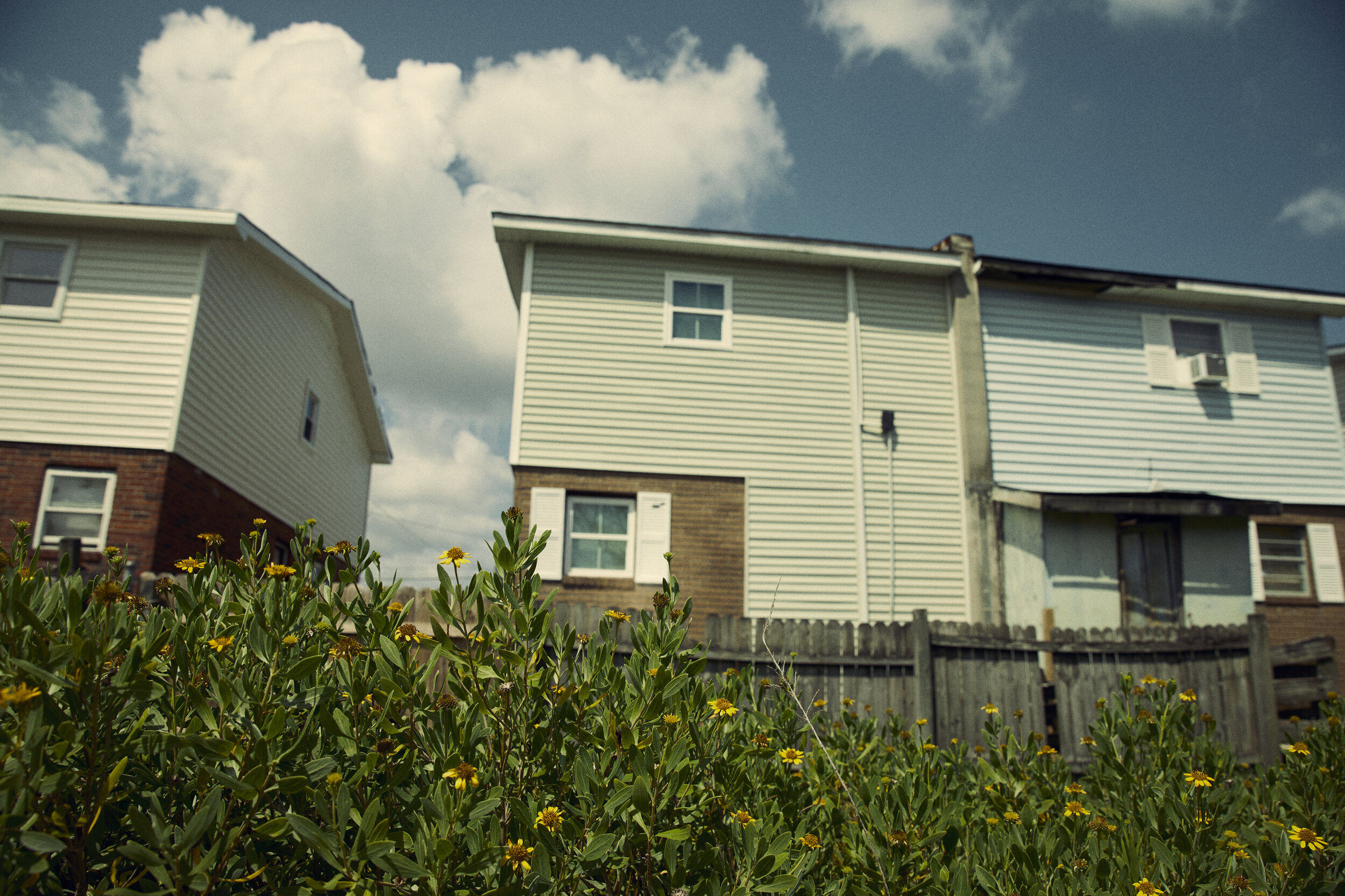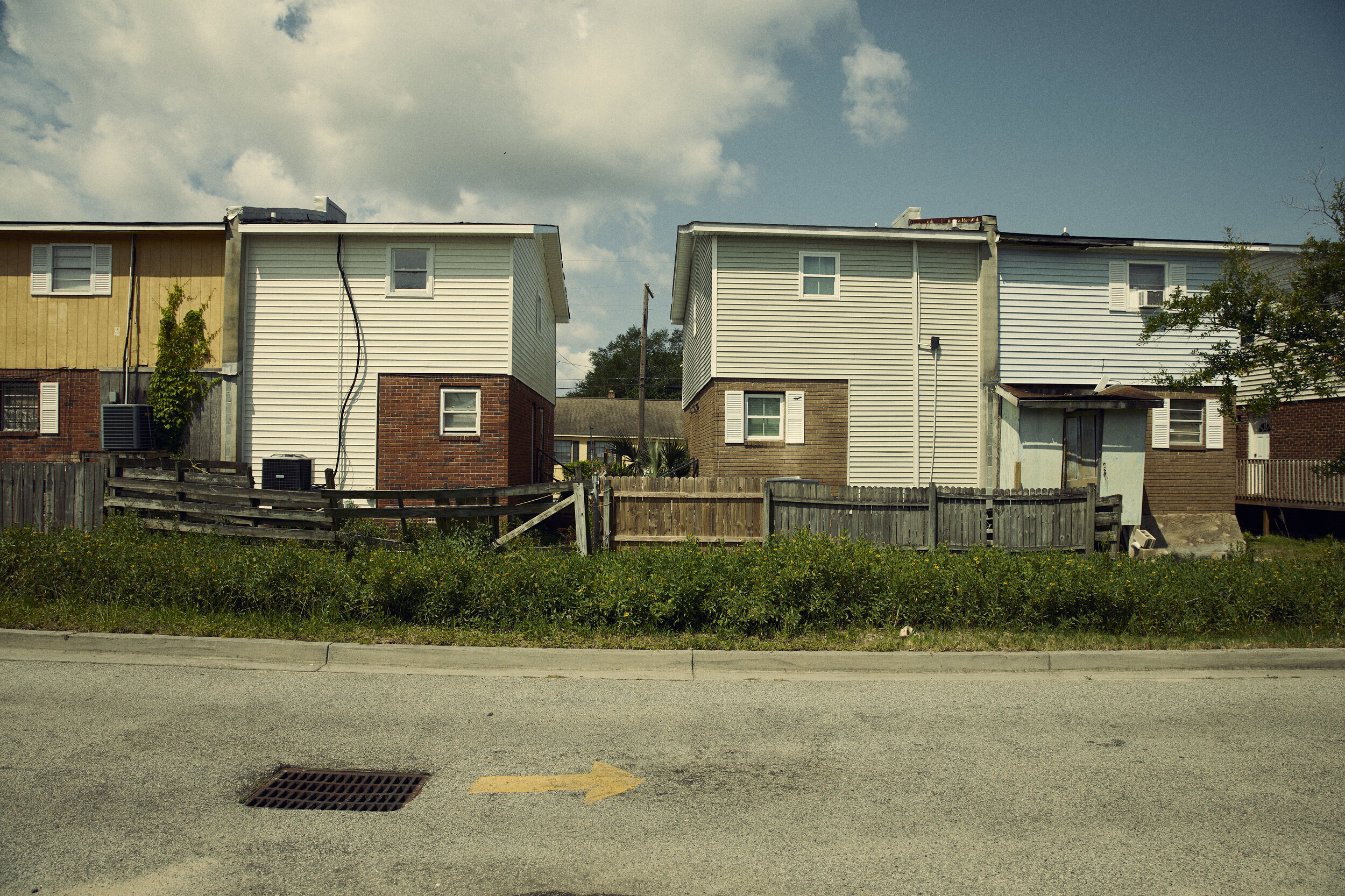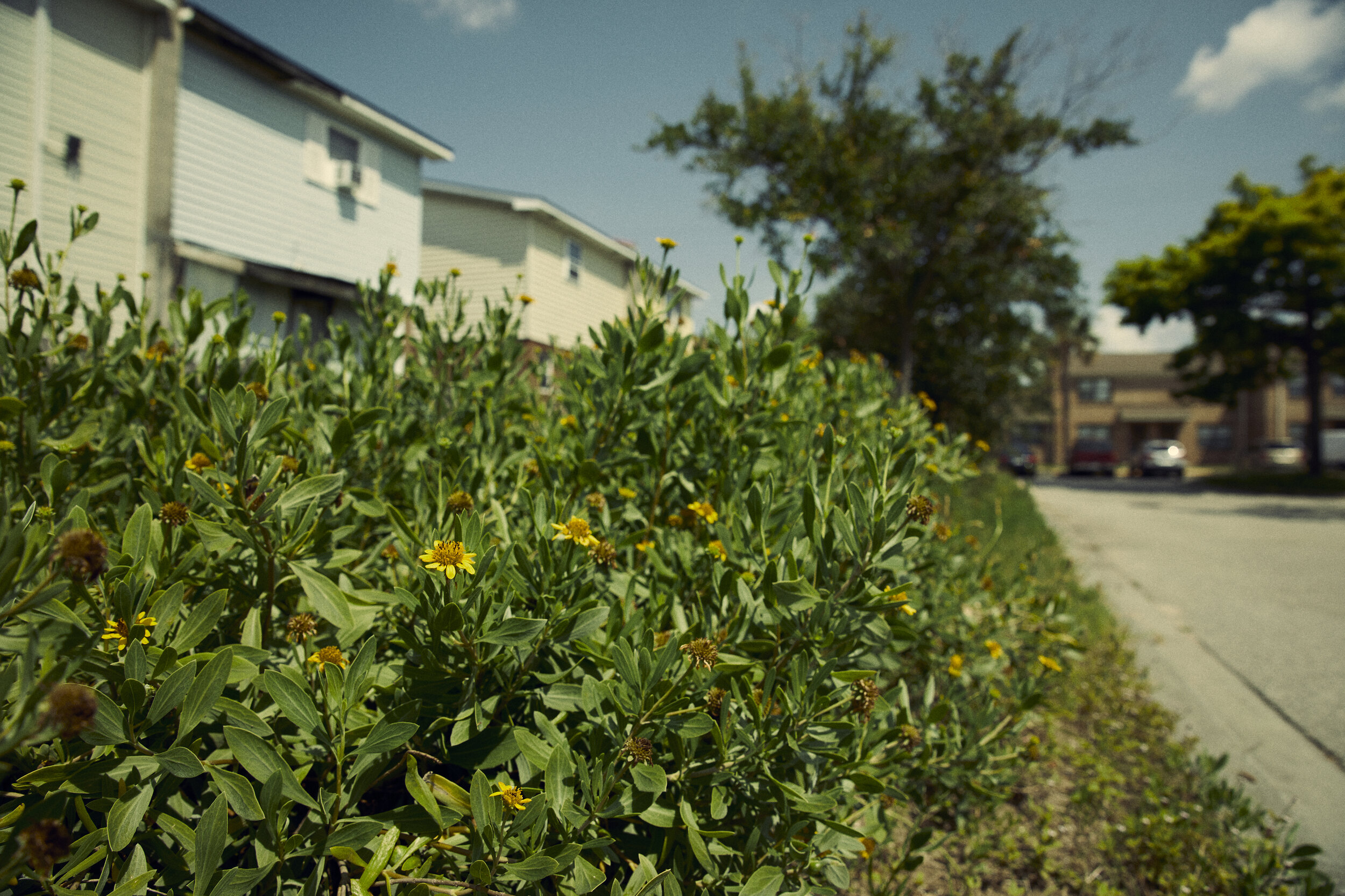The weathervane perched atop the Congregational Church of Salisbury, Connecticut—tucked away in the state’s northwestern-most corner among the rolling pastures of dairy cows and fields of sweet corn and located a good 80 miles from the sea—is not a cow or a stalk of corn, nor is it the profile of an iron furnace, a bobcat, or a bear. It is a whale, a sperm whale.
This copper whale, since 1965, or thereabouts, has been indicating the direction of the Berkshire winds for all the townspeople and visitors alike who care enough to look up to obtain this information. This summer, I was one such visitor but only looked up by chance. Curious as to why there might be a whale of such distinction so far from the sea, I was glad to learn that the church and its whale are located next to America’s first public library, a very good place to chase one’s curiosities.
The Congregational Church of Salisbury, Connecticut and its sperm whale weathervane. Photo taken by the author, August 2022.
It seems S. Norton Miner, the architect overseeing the church’s renovations in the 1960s, learned about and was inspired by the story of a young Hawaiian named Henry ʻŌpūkahaʻia (later spelled more commonly as Henry Obookiah), who, in 1807, at the age of 16, left his native island aboard a whaleship to, as he later wrote in his published memoirs, “go and see the world, and see what I can find.”
Obookiah settled in Connecticut’s Northwest Hills, learned to read and write English, adopted Christianity, translated the Book of Genesis into his own language, and vowed to return to Hawaii to preach the gospel, writing that he wished to, “be as a missionary to my poor countrymen…” He is widely considered to be one of the first native Hawaiians to become a Christian.
Obookiah died of typhus fever in 1818 before he was able to return home, but his wishes to spread his beliefs were not in vain. He was one of the earliest pupils of the Foreign Mission School in Cornwall, CT (contemporarily referred to as the “Heathen School”), which went on, as author John Demos describes in the prologue of his book Heathen School, to evangelize nearly 100 “young men and boys from Hawaii, Polynesia, India, China, plus a smattering of European Jews, and quite a few Native Americans… to educate them, ‘civilize’ them, convert them to Christianity, then send them back to help start similar projects in their various homelands.” Obookiah, in particular, inspired the wave of American Protestant missionaries who traveled to Hawaii in the 19th century. The year after Obookiah’s death, for example, the American Board of Commissioners for Foreign Missions, with whom Obookiah was employed, sent its first missionary group to Hawaii aboard the brig Thaddeus.
This story and the whale’s central role in it are compelling enough. They are even referenced in the book Weathervanes of New England by Glenn A. Knoblock and David W. Wemmer. The authors write that the church’s weathervane had been inspired by the story of “a Hawaiian teenager who was brought to Connecticut by an American whaling ship and ended up in New Haven.”
Sperm whale weathervane atop the Congregational Church, Salisbury, Connecticut. Source: Weathervanes of New England by Glenn A. Knoblock and David W. Wemmer.
The whale, or any other abstraction of a whaleship, for that matter, seems an appropriate symbol to memorialize the area’s role in bringing Christianity to the people of Hawaii. But records suggest there might be a more accurate symbol to don the belfry of Salisbury’s "oldest building... still in its original appearance” (as it is described in the town’s National Register of Historic Places Registration Form).
That is, a fur-seal, rather than a whale.
In Memoirs of Henry Obookiah, A Native of Owhyhee, published in 1819 and edited by Lyman Beecher, Obookiah recounts his journey from Hawaii to America, writing…
… There was a ship come from New York—Captain Brintnall the master of the ship. As soon as it got into the harbour, in the very place where I lived, I thought of no more but to take the best chance I had, and if the Captain have no objection, to take me as one of his own servants, and to obey his word. As soon as the ship anchored I went on board… We set out on our journey towards the Seal Islands, on the N. W. part of America. On these Islands the Captain left twenty or thirty men for sealing business on his way to Owhyhee. We found them safe…Soon we landed at an Island belonging to that part of China, and in the evening after the sun-down we anchored…We therefore leave that place, called Mocow or Mookow (Macao) and directed our course to the city of Canton. We were there until we sold out all our seal-skins and loaded our ship with other sort of goods; such as tea, cinnamon, nankeens, and silk &c. At the end of six months we steered a direct course to America… We landed at New York in the year 1809.
Obookiah makes no mention of whales, whaling, or a whaleship. It seems it was seals that Captain Brintnall and his crew were after, not whales.
Further, in 1887, the United States Commission of Fish and Fisheries published The Fisheries and Fishery Industries of the United States, giving detail to the fisheries of cod, haddock, hake, mackerel, swordfish, menhaden, herring, sardine, mullet, red-snapper, salmon, whale, blackfish, porpoise, walrus, turtle, terrapin, oyster, scallop, clam, mussel, abalone, crab, lobster, crayfish, shrimp, prawn, sponge, sea-otter, and, yes, seal.
Of particular note in the section titled “THE ANTARCTIC FUR-SEAL AND SEA-ELEPHANT INDUSTRY" is an itemized chronology of “Antarctic Sealing Voyages from 1783 to 1880.” For the year 1807, the following is recorded: “Triumph, ship, Capt. Caleb Brintnall, of New Haven, January 9, 1807, to August, 1809, on a fur-sealing voyage to Falkland, Mas-á-Fuera, and other seal islands; sailed thence to China with 50,000 fur-seal skins.”
This accounting of ship Triumph’s sealing activities lines up precisely with Obookiah’s own recollections of his journey aboard Captain Brintnell’s ship. And so it seems that this “whaleship” that brought a young Obookiah to America was, instead, a sealing ship.
Maybe none of this matters and there were other reasons why architect S. Norton Miner chose the whale over the seal. Or perhaps he didn’t have access to the above information and relied only on an oral history of folklore passed from one generation of citizens to the next—a chain of lore that began with a citizen of northwest Connecticut (or one of Hawaii) who didn’t care to make the distinction between a whale and a seal. Or, perhaps, fully aware of all of this, and being a man of form, Miner simply thought that the accuracies of the story didn’t matter much, especially when designing an object so far in the sky, and that a whale, especially in profile, would look better than a seal anyway.
We may never know how this particular whale was credited with such importance, evidently in error. In any case, it seems prudent that this minor correction be added to the record, wherever such details are kept, and that the town of Salisbury, or, better yet, the congregation of the Congregational Church on Salisbury’s Main Street considers how they might honor the 50,000 fur seals who made the ultimate sacrifice on that fateful trip that helped spark the spread of Christianity to Hawaii.
Perhaps when visiting the main street of Salisbury next, or a time or two after that, prompted by the ringing of bells, I’ll look up to the top of the Congregational Church and find a whiskered snout pointing its head into the wind.
A Giant Batchelor Fur Seal Asleep. [Between 1900 and Ca. 1930] Photograph. Retrieved from the Library of Congress.
AFTERWORD: I was able to find an archived newspaper article that quotes a letter from architect S. Norton Miner, explaining his reasoning for selecting a whale to be the weathervane of the newly renovated church. It reads: “The search for whales had brought an American ship to the islands, and after swimming out to board it, Henry [Obookiah] was brought to Connecticut, and the rest of his story in this section is well known…” Apparently, according to Miner, he was told this story by the “Hawaiian Remembrances” after he attended a service at the first Christian Church in Kona, while visiting Hawaii some time in the 1960s. The article was published on January 20, 1966 in the Lakeville Journal. As a note, Miner does acknowledge the biblical symbolism of the whale, too, saying, “Since the ‘great fish’ in the Biblical story of Jonah is usually accepted as that mama, the whale, it seemed fitting as a sign of God’s Love and Attention brought to the rescue and reconstruction of the church building by its congregation.”













